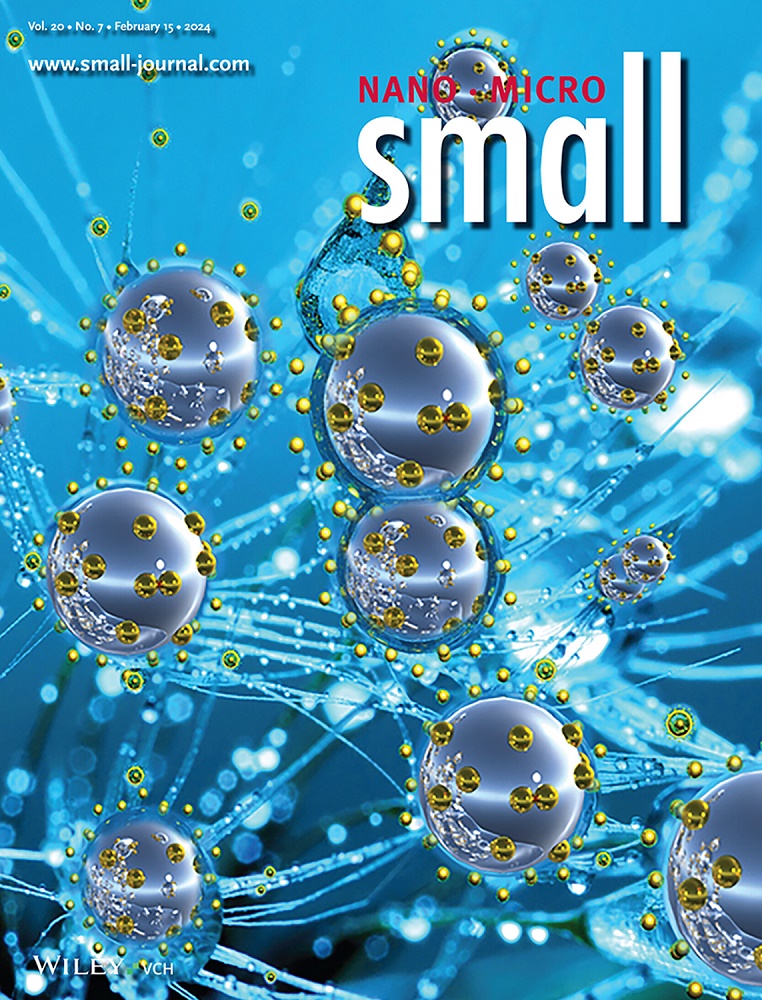Na2Fe1.5Mn1.5(PO4)3中增强钠离子存储的杂原子掺杂策略
IF 12.1
2区 材料科学
Q1 CHEMISTRY, MULTIDISCIPLINARY
引用次数: 0
摘要
钠离子电池(SIBs)是锂离子电池在大规模储能方面的有前途和经济效益的替代品。因此,探索新型阳极材料对于开发可持续的sib至关重要。本文通过简单的水热技术成功合成了具有均匀三维海胆状形貌的氮硫共掺杂碳层包裹冲积岩Na2Fe1.5Mn1.5(PO4)3 (NFMP@SNC)。本研究首次考察了它们作为sib阳极的电化学性能。N, s掺杂碳层形成导电网络,增强电子传递,促进Na+扩散,防止粒子聚集和副反应。结果表明,NFMP@SNC在0.05C下的不可逆容量为774.52 mAh g-1,可逆容量为253.40 mAh g-1,保持了理论容量(414 mAh g-1)的61.2%。在0.1C(25次循环)和0.2C(100次循环)下,其倍率分别为71.76%和48.49%。此外,通过密度泛函理论(DFT)计算评估了原始NFMP的电子能带结构、态密度、电荷密度分布和Na+扩散能垒,为其电化学行为提供了基本的见解。NFMP@SNC具有≈0.7 V的低平均电压,通过3D结构和N,S共掺杂,成为一种很有前途的插层型阳极材料,用于高性能sib。本文章由计算机程序翻译,如有差异,请以英文原文为准。
Heteroatom Doping Strategy for Enhanced Sodium-Ion Storage in Na2Fe1.5Mn1.5(PO4)3.
Sodium-ion batteries (SIBs) are promising and cost-effective substitutes for lithium-ion batteries for large-scale energy storage. Hence, exploring novel anode materials is crucial to developing sustainable SIBs. Herein, a nitrogen and sulfur co-doped carbon layer wrapped alluaudite Na2Fe1.5Mn1.5(PO4)3 (NFMP@SNC) with uniform 3D urchin-like morphology is successfully synthesized via a simple hydrothermal technique. For the first time, this study examines their electrochemical properties as an anode for SIBs. The N, S-doped carbon layer forms a conductive network that enhances electron transport, facilitates Na+ diffusion, and prevents particle aggregation and side reactions. As a result, NFMP@SNC displays an irreversible capacity of 774.52 mAh g-1 and a reversible capacity of 253.40 mAh g-1 at 0.05C, retaining 61.2% of its theoretical capacity (414 mAh g-1). Furthermore, it shows an excellent rate capability of 71.76% at 0.1C (25 cycles) and retention of 48.49% at 0.2C (100 cycles). Additionally, density functional theory (DFT) calculations are conducted to evaluate the electronic band structure, density of states, charge density distribution, and Na+ diffusion energy barriers of pristine NFMP, providing fundamental insights into its electrochemical behavior. With a low average voltage of ≈0.7 V, NFMP@SNC emerges as a promising intercalation-type anode material enabled by 3D architecture and N,S co-doping for high-performance SIBs.
求助全文
通过发布文献求助,成功后即可免费获取论文全文。
去求助
来源期刊

Small
工程技术-材料科学:综合
CiteScore
17.70
自引率
3.80%
发文量
1830
审稿时长
2.1 months
期刊介绍:
Small serves as an exceptional platform for both experimental and theoretical studies in fundamental and applied interdisciplinary research at the nano- and microscale. The journal offers a compelling mix of peer-reviewed Research Articles, Reviews, Perspectives, and Comments.
With a remarkable 2022 Journal Impact Factor of 13.3 (Journal Citation Reports from Clarivate Analytics, 2023), Small remains among the top multidisciplinary journals, covering a wide range of topics at the interface of materials science, chemistry, physics, engineering, medicine, and biology.
Small's readership includes biochemists, biologists, biomedical scientists, chemists, engineers, information technologists, materials scientists, physicists, and theoreticians alike.
 求助内容:
求助内容: 应助结果提醒方式:
应助结果提醒方式:


